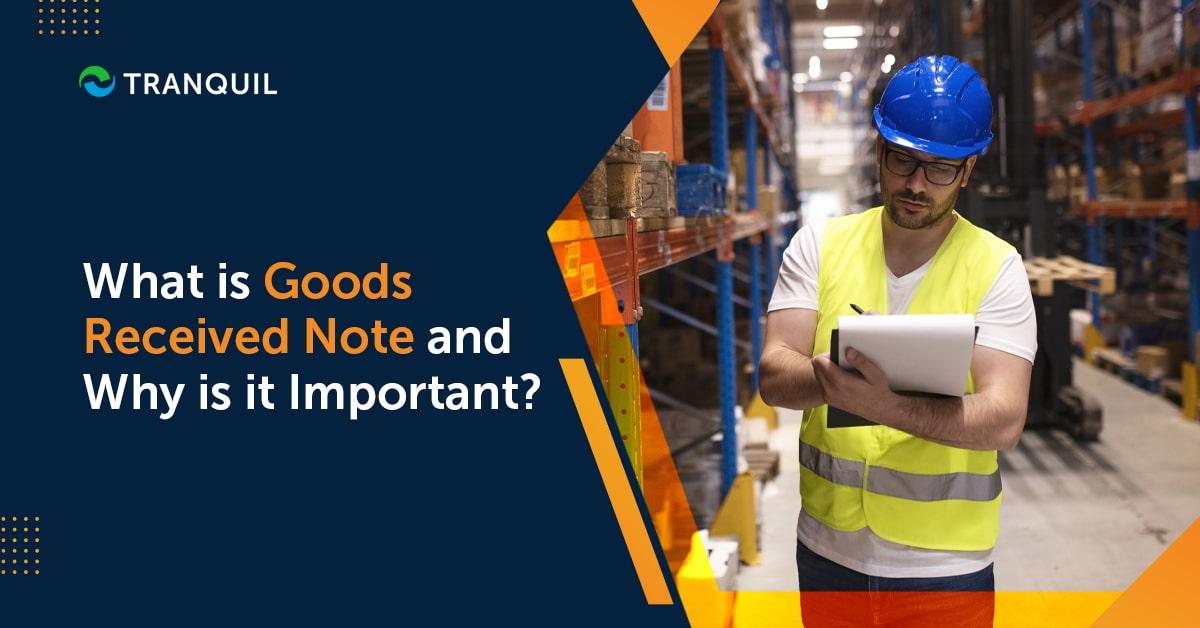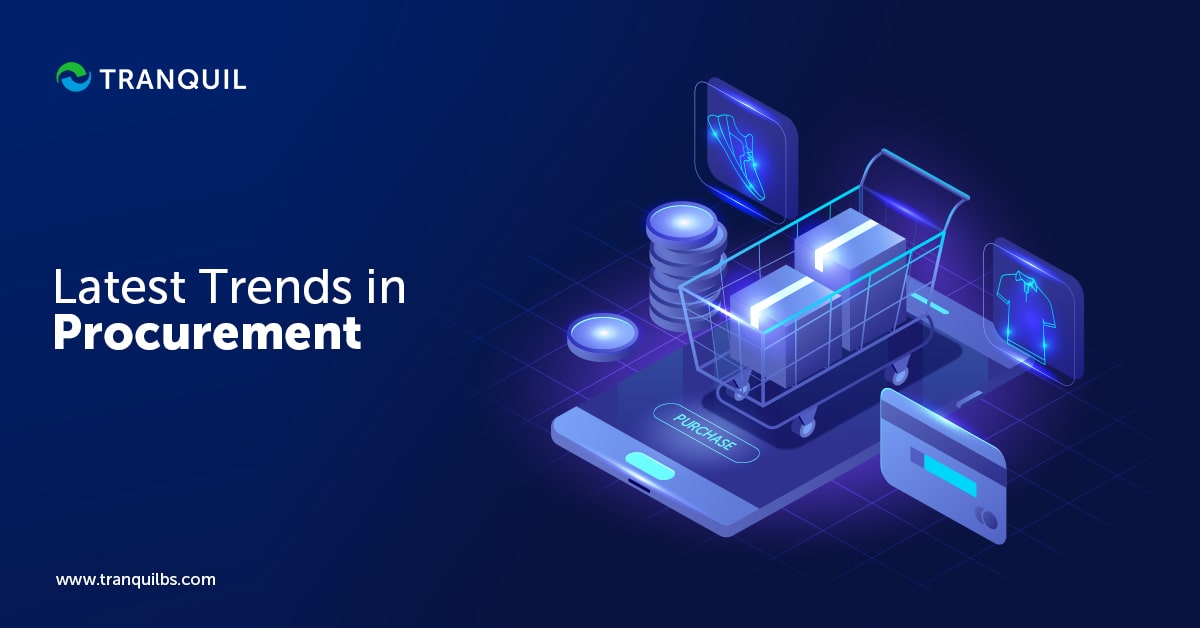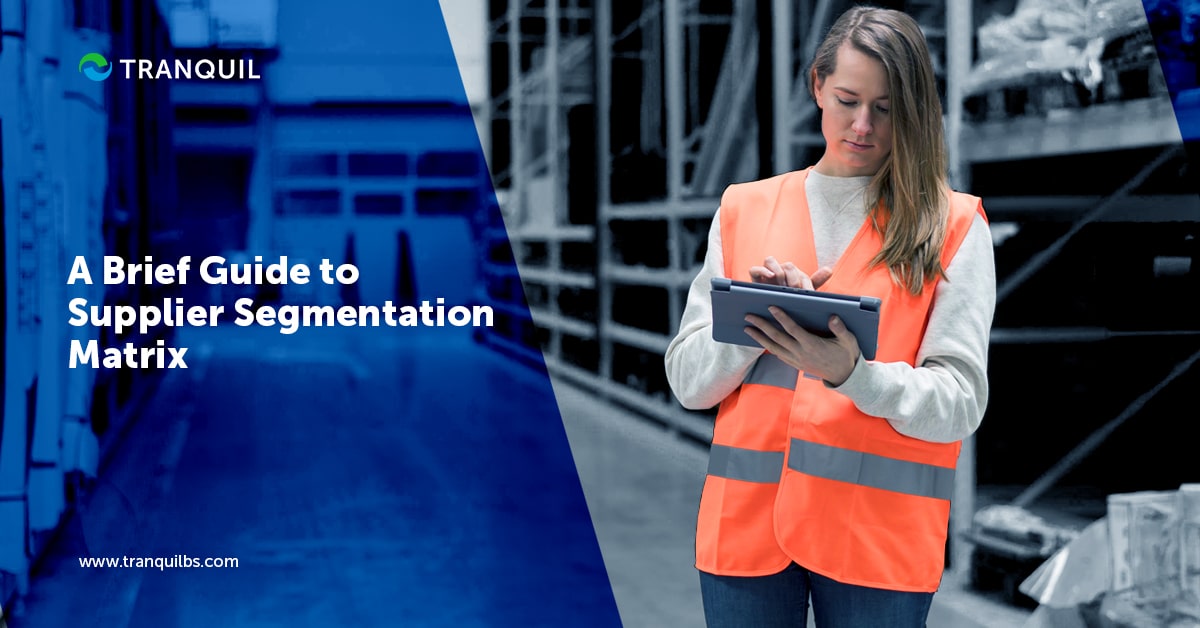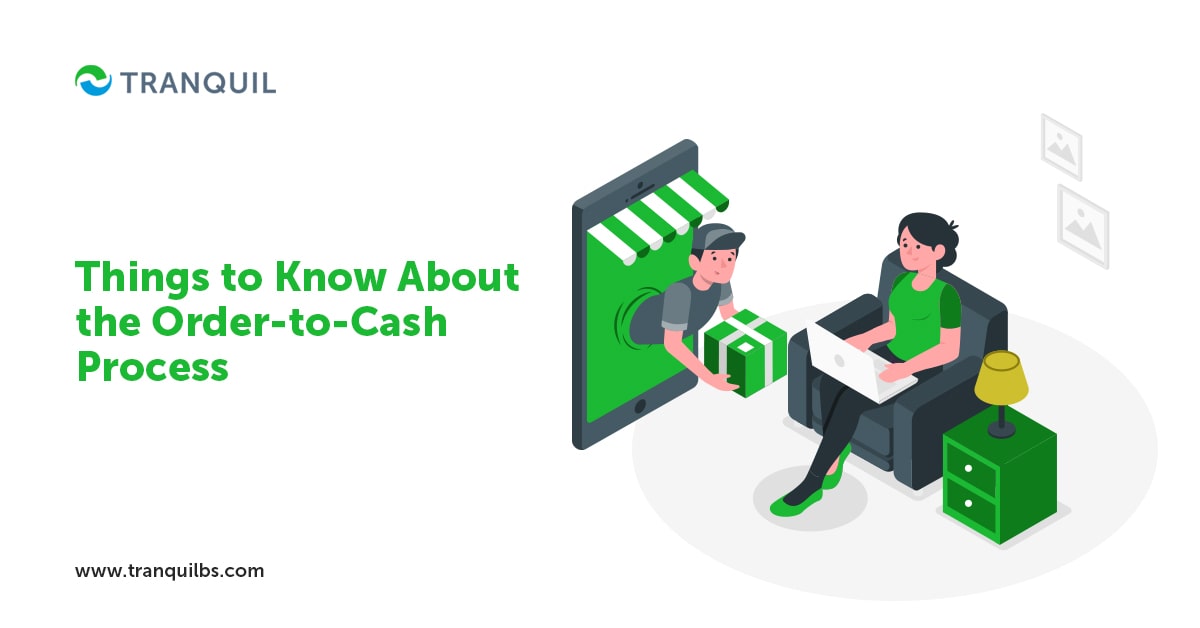
What is Goods Received Note and Why is it Important?
Procurement is a critical activity for any business that deals in products – more so for a manufacturing company.
How you utilize finances to acquire raw materials, accessories, and finished goods required by the business to operate, and what price you pay, all fall in the ambit of procurement.
Procurement impacts nearly 70% of your business revenue directly, which means it is very closely linked to the financial operations of your business.
It is essential, therefore, that:
- The procurement process is made efficient
- Cost-saving opportunities are identified as an ongoing process
- Strong and long-term relationships are built with vendors
- Supply data is properly tracked for future reference
One data point that you must have a good understanding of is the goods coming into your organization, and the Goods Received Note is useful for this purpose.
It is an important document and plays a huge role in Accounts Payables.
It can help businesses eliminate confusion in the future.
ALSO READ: What is Delivery Performance and How Can it be Improved?
What is Goods Received Note (GRN)?
A Goods received note is a document that recognizes the delivery of goods by a supplier to their customer.
It is basically a record of goods received by the buyer.
It helps the buyer verify that the goods received are as they were ordered.
The Store staff receives the goods and compares them against the Purchase Order to determine if the order sent is correct.
They also physically examine the goods to check that they are in good condition.
Once the department is convinced that the goods received are as ordered and in good condition, they issue the Goods Received Note.
ALSO READ: A Guide to Avoiding Understocking and Overstocking
In case there is a mismatch with the specifications or number of the products or they arrive in a damaged condition, the buyer may reject the consignment.
A GRN is only issued against goods that are accepted; in case they are rejected, the company will create a new purchase order, and send that to the vendor.
The Store department is tasked with the responsibility of issuing the GRN, which is prepared in multiple copies.
While one is retained by the Store, copies are sent to the Procurement and Accounts departments, and one copy is sent to the supplier.
Uses of Goods Received Note

Let’s now look at the importance of goods received note.
A GRN is goods delivery confirmation tool for buyer and seller and is applicable in several cases.
As both parties retain this document, it can serve as a mediation tool in case there is a dispute in the near future.
ALSO READ: Why Safety Stock is Important?
1. Validating Quality and Quantity of Supplies
The supplier delivers goods on the assumption that the products delivered are as per specifications of the purchase order, and up to the quality standards demanded.
However, the customer will want to check for himself before accepting the supplier’s word.
Therefore, once the goods are received, the Store employees will check the purchase order to determine if the quantity and quality of goods is as specified.
Once they are satisfied everything is in order, they issue the GRN to the supplier and other departments to confirm that the quantity and quality delivered are as per the specifications demanded.
This way, the customer cannot claim at a later date that there was something wrong with the order.
ALSO READ: A Detailed Guide To Stock Keeping Unit (SKU)
2. Quality Control and Issue Management
Supposing that the procurement department or Stores realize that there is some problem with the products at a later date, but they had not pointed it out at the time of receiving the goods.
They may want to convey this to the supplier, but a look at the GRN will show that the goods were in working order.
Now it is up to the supplier; if he wants to, as a show of good faith, he may replace the goods.
Though he would be well within his rights to refuse.
3. Validation of Invoices during Three-way Matching
Three-way matching is very useful when you want to minimize fraud in billing, regardless of the size of your organization.
In this method, the goods received notes supply request notes, and invoices from suppliers are compared.
Together, these documents can help in confirming that:
- Supply request note shows the quantity and quality of products requested by the customer
- Goods received note shows that the supplies were delivered as per the specifications of the customer
- Supplier invoice shows the price and quantity of goods delivered to the customer as had been agreed upon.
This method helps in detecting anomalies and identifying fraud in invoicing.
ALSO READ: Credit Note Vs Debit Note
4. Managing Inventory and Updating Stock Levels
A GRN is a document which confirms that a company has received and accepted the goods they requested as per the specifications in the purchase order.
This has to now reflect in the warehouse data too, as new goods have come in.
A GRN, therefore, is useful in inventory management and to update warehouse stock data as new supplies come in.
5. Helps in Accounting
Goods received notes can help accountants to validate inventory balances, and make the requisite purchase entries to bring the stock ledger up to date.
It also helps to track and manage the account’s payables.
They can also subtract the rejected or non-received items, and calculate the amount due to the vendors.
Goods Received Note Format
A typical good received note contains the following fields so that complete delivery information can be depicted:
- Supplier’s name and address
- Delivery date and time
- Products received details like name, quantity, description, price, etc.
The GRN is signed by the Store manager of the company receiving the goods, as well as by a representative of the vendor if the vendor is not available.
ALSO READ: Demand Forecasting and Its Importance
What is the Process of Issuing a GRN?

Goods received note helps to make the procurement process more efficient in the delivery stage.
- The purchasing company receives the invoices
- The goods are unloaded at the company warehouse under the supervision
- The goods are physically verified to ensure that quantity and quality is as per specifications. Random pieces may be selected for quality testing
- In case there is a shortfall or the quality is not up to the standard, the supplier is informed
- On verifying that the goods received are as per the quantity and quality requested, the Store manager issues the GRN and signs it, issuing to the relevant departments and to the vendor.
The Accounts department updates the store ledger account on receiving the goods received note.
A GRN is solid proof of the goods being received by the customer.
It is helpful in maintaining inventory records, and helps to make sure that a sufficient quantity of goods is available for production or sale.
ALSO READ: A Detailed Guide to Stock Status
The Benefits of Goods Received Note

Now that we know what goods received note means, let us take a look at the benefits provided by this document.
A GRN shows the date and time that you took delivery of the goods, as well as the full address of the place from where the goods were loaded for delivery.
A properly created GRN will help your company in different ways – however, do bear in mind that it’s not a substitute for an invoice.
1. It Helps to Avoid Legal Issues
This note mentions all the important information related to a specific consignment of the goods, which forms the basis for calculating the dues owed to a vendor.
This can help you avoid legal issues in the future.
This makes it critical to track and store the document for the future.
ALSO READ: What is Capacity Requirement Planning?
2. Acts as Internal Proof of Goods Received
A GRN is issued to relevant staff members once goods or services are taken delivery of, and hence forms an internal proof of receipt.
In fact, the GRN process is also necessary when you have to make statutory reports to the Customs and Excise departments.
They hence help in maintaining compliance with such regulations.
A goods received note usually has a commodity code and an inclusion indicator.
3. Show the Supplier Details
A GRN is an official and legal document that verifies that an order has been received, which is issued by the purchasing company after confirming that the goods have been received as per specifications.
It is accepted in a court of law as proof of delivery.
The goods received note mentions the supplier’s name, address, and contact details, so that there is no ambiguity regarding this.
It shows the date the goods are received, along with the type of products delivered and all the relevant details.
ALSO READ: Make to Order vs Make to Stock
4. Helps the Accounting Process
As we saw earlier, goods received note helps accountants in reconciliation of purchase and inventory ledgers and to verify the inventory balance.
It helps them keep track of the accounts payable.
5. They Help in Monitoring Stocks
This document is a record of goods physically moving into the company’s warehouse; warehouse managers are better able to plan and track the inventory of the ordered or produced materials.
It thus serves as an important inventory management document.
ALSO READ: Reasons to Move PLM to the Cloud
Common Problems with GRN Processing

As in everything else, there are some hiccups associated with the processing of Goods Received Notes:
- Paperwork tends to get lost or misplaced, making it difficult to compare it against the original purchase order
- Time-consuming process, ties up staff in administrative tasks
- When damaged or incorrect goods are received, disputing them becomes problematic
- Costs incurred due to receipt of damaged goods, wrong quantity, incorrect prices, or duplicate orders
- Issues with managing vendors and supply chain problems, like the effect of repeat orders caused by invoicing problems and approval for payment
- Necessitating effective and timely communication with vendors regarding problems with the delivery
- Matching stocks received against several purchase orders for different departments
- Time and effort spent in responding to queries from vendors seeking payments
ALSO READ: Difference Between Procurement And Purchasing
With a robust ERP solution like Tranquil, you can automate all these processes thanks to its feature-packed inventory management module. Now you can free your employees from these time-consuming and cumbersome administrative tasks, and divert them to more productive tasks. The automated document management feature will also ensure that the process is completed quickly and without errors. If you are unsure about how Tranquil ERP can benefit your business, do schedule a demo with us. We will walk you through the solution and explain the working. Our executives will be happy to answer any queries you may have for us.



